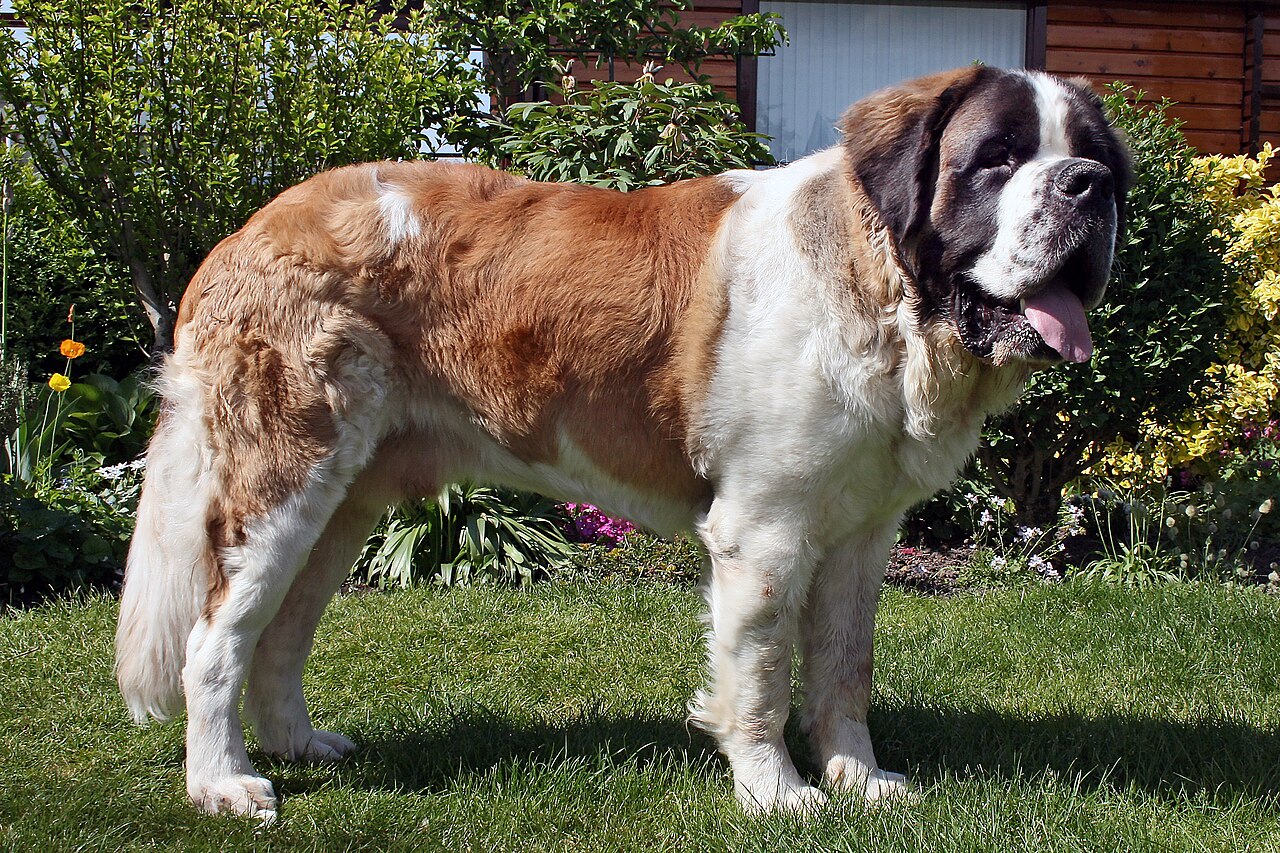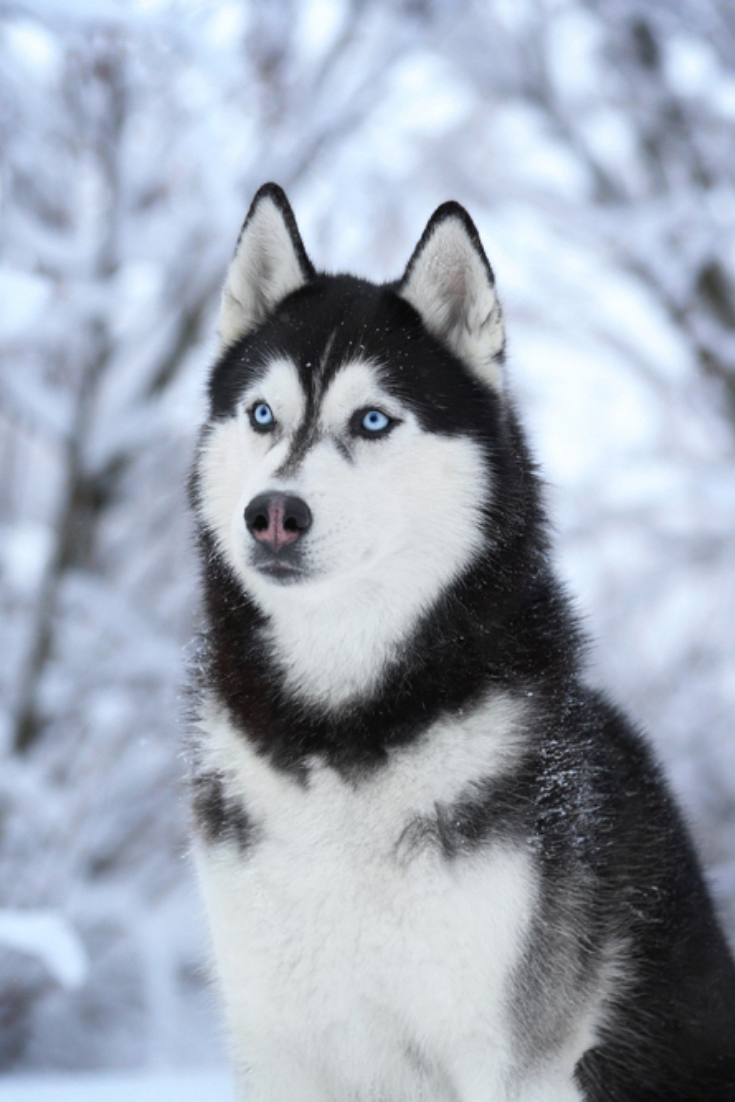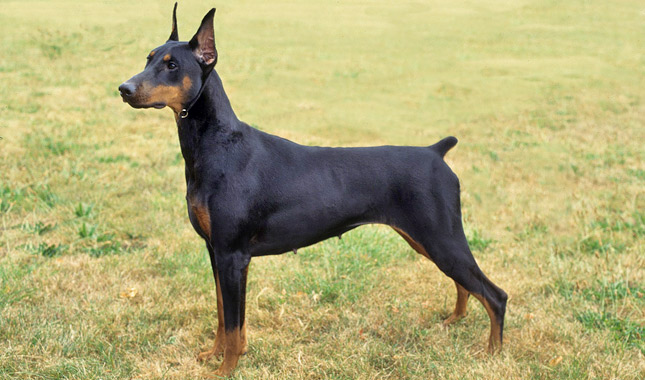MacSalterson
TNPer
- Pronouns
- They/Them
Figured there's decent interest in this on the discord, so I'll make a thread for it here. Post all of your native dog and cat breeds from your countries here, as it says on the tin. Give the thing a good write-up, and try and detail approximate size, coloration, temperament, history, as well as the purpose of the breed.
I'll start with two.
Breed Name: P'ac̣a Mêwem (Mercanti: Yeran Shepherd, Yeran Sheep Dog, Pacha)
Measurements:
Weight: 19-33kg
Height (Shoulder): 48-60cm
Coat: long haired and thick double coat
Coloration: Typically red or brown, with patches of black, white, and grey permitted. Some individuals also have a winter coat, which is primarily white or gray.
Temperament: Calm and even-tempered. Not bred to be aggressive, but serve as excellent watch dogs due to being alert and relatively vocal. Friendly towards family and other familiar individuals. Not cat aggressive.
History: The history of the P'ac̣a is not very well documented, but it is suspected the ancestors of the modern breed were brought over to the islands alongside the early Yeran people as working dogs, making the breed incredibly old. A small originative stock over a long history has of course resulted in a few prevalent health problems within the breed, including hip dysplasia, but cross breeding with other similar looking dogs and efforts on behalf of both the Yeran Federation government prior to the war as well as Sfan's government following the end of the civil war, has helped broaden the genetic stock of the breed by a bit.
Purpose: As the P'ac̣a was originally bred to be a working dog, more specifically a sheep herding dog, they were commonly used as such especially in farming communities and homesteads across the Stan Yera even into modern times. Since the end of the civil war, the breed has gained a rather positive reputation as wonderful family dog, if one that requires daily activity to satisfy its needs. As such, it is common to see this breed everywhere in the Stan Yera. It is not uncommon to see them used in tandem in farms with the P'ame Kayê, as the two have been bred to work well with each other.
(not technically a dog or cat but shaddup)
Measurements:
Weight: 2.9-8.9kg
Height (Shoulder): 25-30cm
Coat: thick double coat, and the undercoat sheds in the warmer months.
Coloration: Typically piebald, though mostly white, grey, and black individuals are also commonly seen. White winter coats are not typically seen, but not unheard of.
Temperament: Extremely active and excitable with a tendency towards timidity towards humans they don't recognize and dogs, save for the P'ac̣a Mêwem, which they've been bred alongside for much of their history. Not well suited for a non-working life, but rigorous exercise and proper care may help in this regard.
History: Originally domesticated in much the same way as cats for the rest of Eras, foxes were encouraged to live on homesteads and in farming communities and hunt pests that threatened crops and food stores, the loss of which could be disastrous in the early Stan Yera. Some evidence shows that the Aed Kaenë also occasionally kept foxes, but it is unknown if the two populations were separate, or if the Yeran took from the Aed Kaenë stock. Recent years have seen a decline in their use, as the introduction of cats in recent centuries to the Stan Yera has been widespread.
Purpose: Primarily, and almost exclusively used as working animals and pest control animals on farms and homesteads due to their adeptness at catching rodents and other small creatures. There is widespread debate in the Stan Yera as to their efficacy compared to domesticated cats, as cats are typically less timid and hard to care for properly, but are simultaneously not as a whole suited for the harsher climate of the Stan Yera like the P'ame Kayê. They continue to see fairly common use across the main island, and are often paired with a P'ac̣a Mêwem on farms and homesteads, and the two animals have been bred to work well with each other.
I'll start with two.
P'ac̣a Mêwem


Breed Name: P'ac̣a Mêwem (Mercanti: Yeran Shepherd, Yeran Sheep Dog, Pacha)
Measurements:
Weight: 19-33kg
Height (Shoulder): 48-60cm
Coat: long haired and thick double coat
Coloration: Typically red or brown, with patches of black, white, and grey permitted. Some individuals also have a winter coat, which is primarily white or gray.
Temperament: Calm and even-tempered. Not bred to be aggressive, but serve as excellent watch dogs due to being alert and relatively vocal. Friendly towards family and other familiar individuals. Not cat aggressive.
History: The history of the P'ac̣a is not very well documented, but it is suspected the ancestors of the modern breed were brought over to the islands alongside the early Yeran people as working dogs, making the breed incredibly old. A small originative stock over a long history has of course resulted in a few prevalent health problems within the breed, including hip dysplasia, but cross breeding with other similar looking dogs and efforts on behalf of both the Yeran Federation government prior to the war as well as Sfan's government following the end of the civil war, has helped broaden the genetic stock of the breed by a bit.
Purpose: As the P'ac̣a was originally bred to be a working dog, more specifically a sheep herding dog, they were commonly used as such especially in farming communities and homesteads across the Stan Yera even into modern times. Since the end of the civil war, the breed has gained a rather positive reputation as wonderful family dog, if one that requires daily activity to satisfy its needs. As such, it is common to see this breed everywhere in the Stan Yera. It is not uncommon to see them used in tandem in farms with the P'ame Kayê, as the two have been bred to work well with each other.
(not technically a dog or cat but shaddup)
P'ame Kayê

Breed Name: P'ame Kayê (Mercanti: Yeran Domesticated Fox, Kay (pronounced [kaɪ̯] or [keɪ̯]), Ka-Ye)
Measurements:
Weight: 2.9-8.9kg
Height (Shoulder): 25-30cm
Coat: thick double coat, and the undercoat sheds in the warmer months.
Coloration: Typically piebald, though mostly white, grey, and black individuals are also commonly seen. White winter coats are not typically seen, but not unheard of.
Temperament: Extremely active and excitable with a tendency towards timidity towards humans they don't recognize and dogs, save for the P'ac̣a Mêwem, which they've been bred alongside for much of their history. Not well suited for a non-working life, but rigorous exercise and proper care may help in this regard.
History: Originally domesticated in much the same way as cats for the rest of Eras, foxes were encouraged to live on homesteads and in farming communities and hunt pests that threatened crops and food stores, the loss of which could be disastrous in the early Stan Yera. Some evidence shows that the Aed Kaenë also occasionally kept foxes, but it is unknown if the two populations were separate, or if the Yeran took from the Aed Kaenë stock. Recent years have seen a decline in their use, as the introduction of cats in recent centuries to the Stan Yera has been widespread.
Purpose: Primarily, and almost exclusively used as working animals and pest control animals on farms and homesteads due to their adeptness at catching rodents and other small creatures. There is widespread debate in the Stan Yera as to their efficacy compared to domesticated cats, as cats are typically less timid and hard to care for properly, but are simultaneously not as a whole suited for the harsher climate of the Stan Yera like the P'ame Kayê. They continue to see fairly common use across the main island, and are often paired with a P'ac̣a Mêwem on farms and homesteads, and the two animals have been bred to work well with each other.









